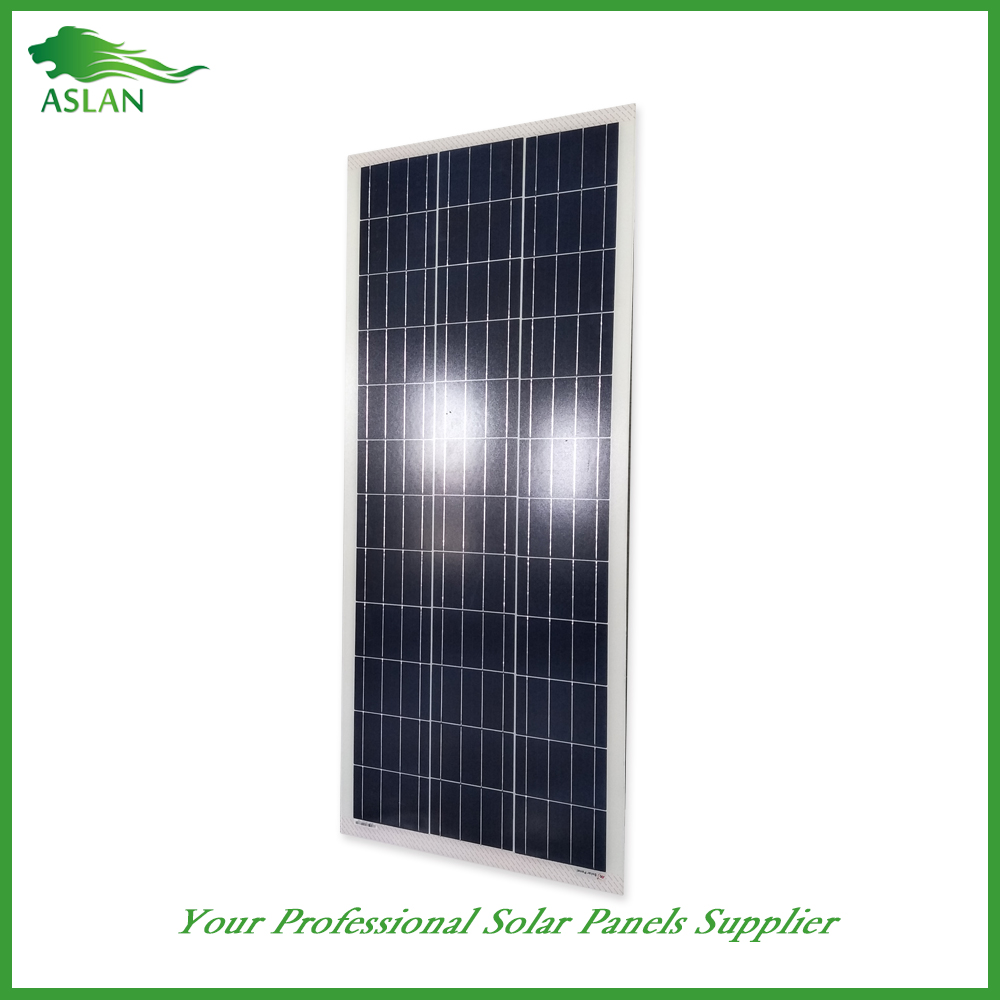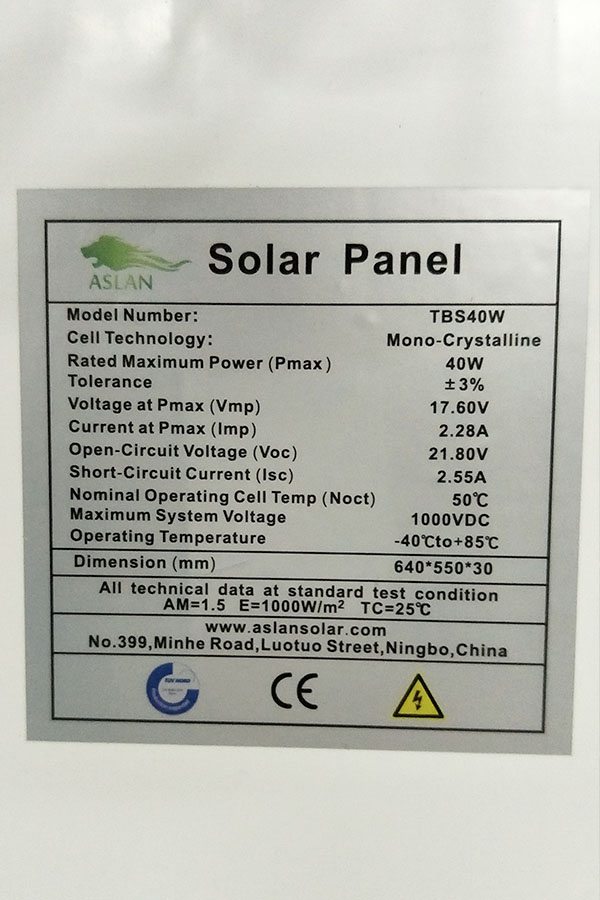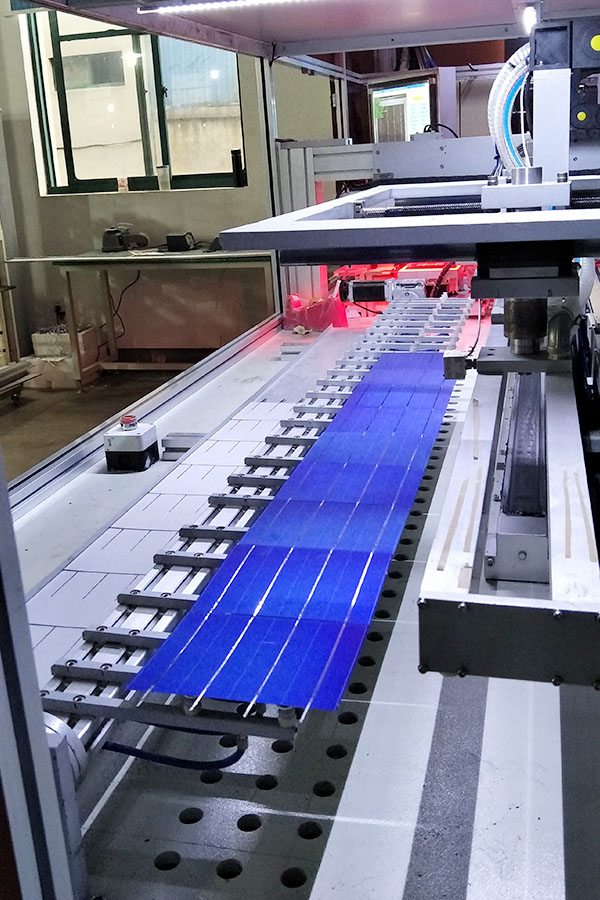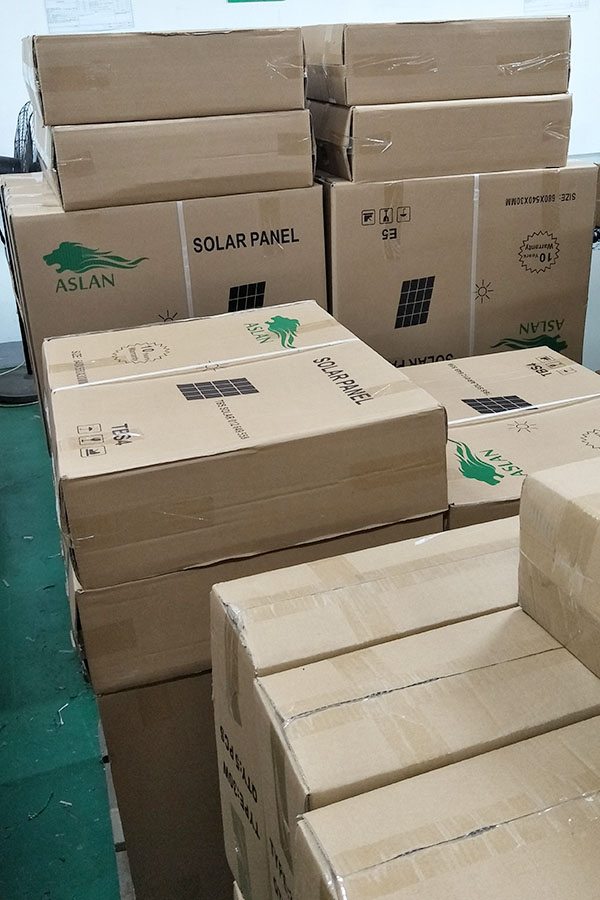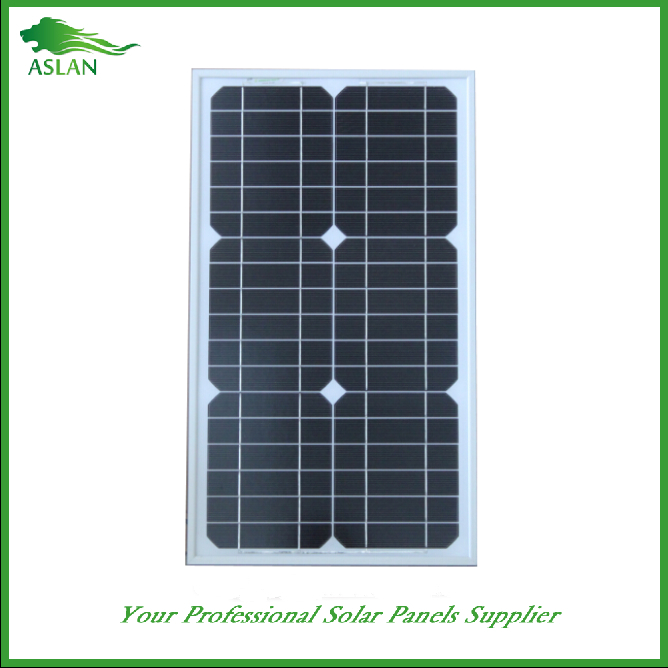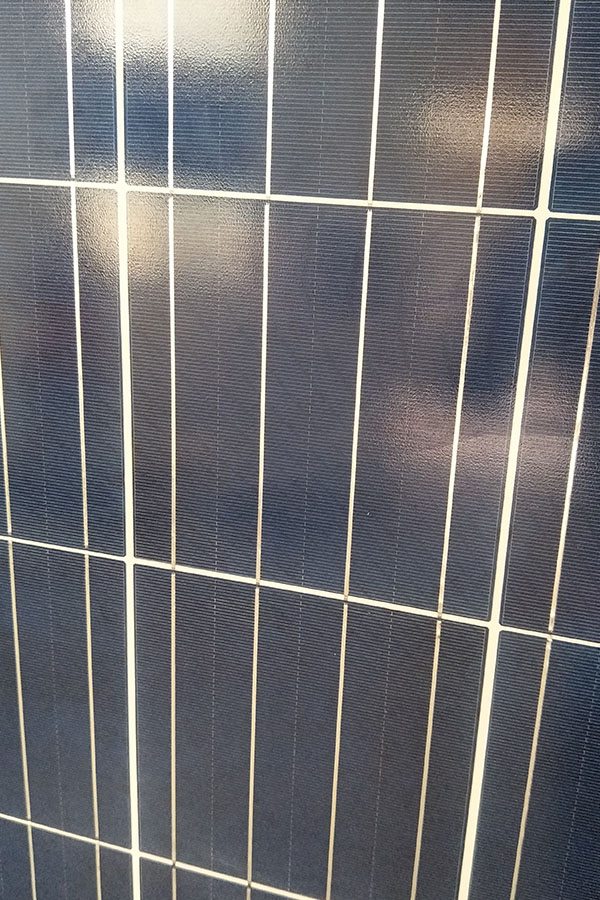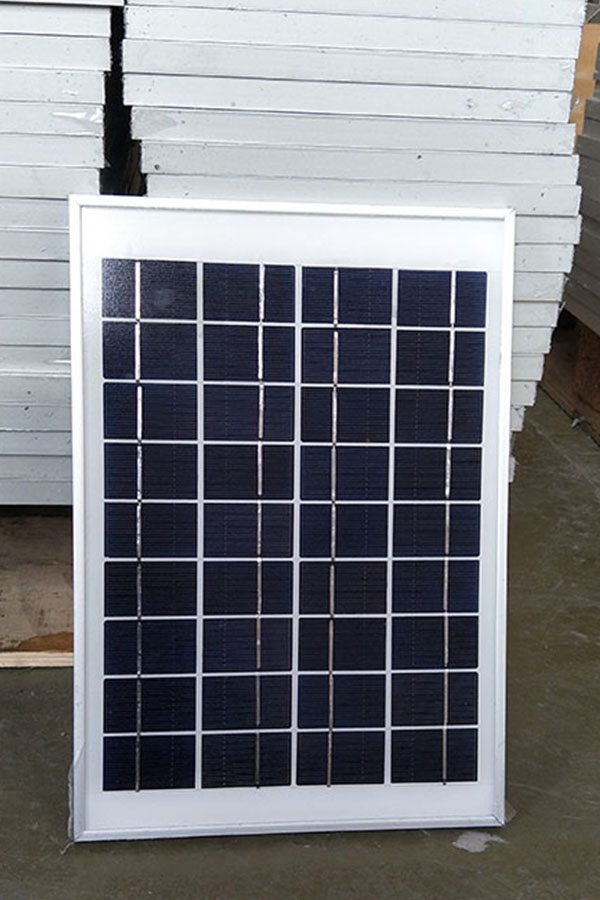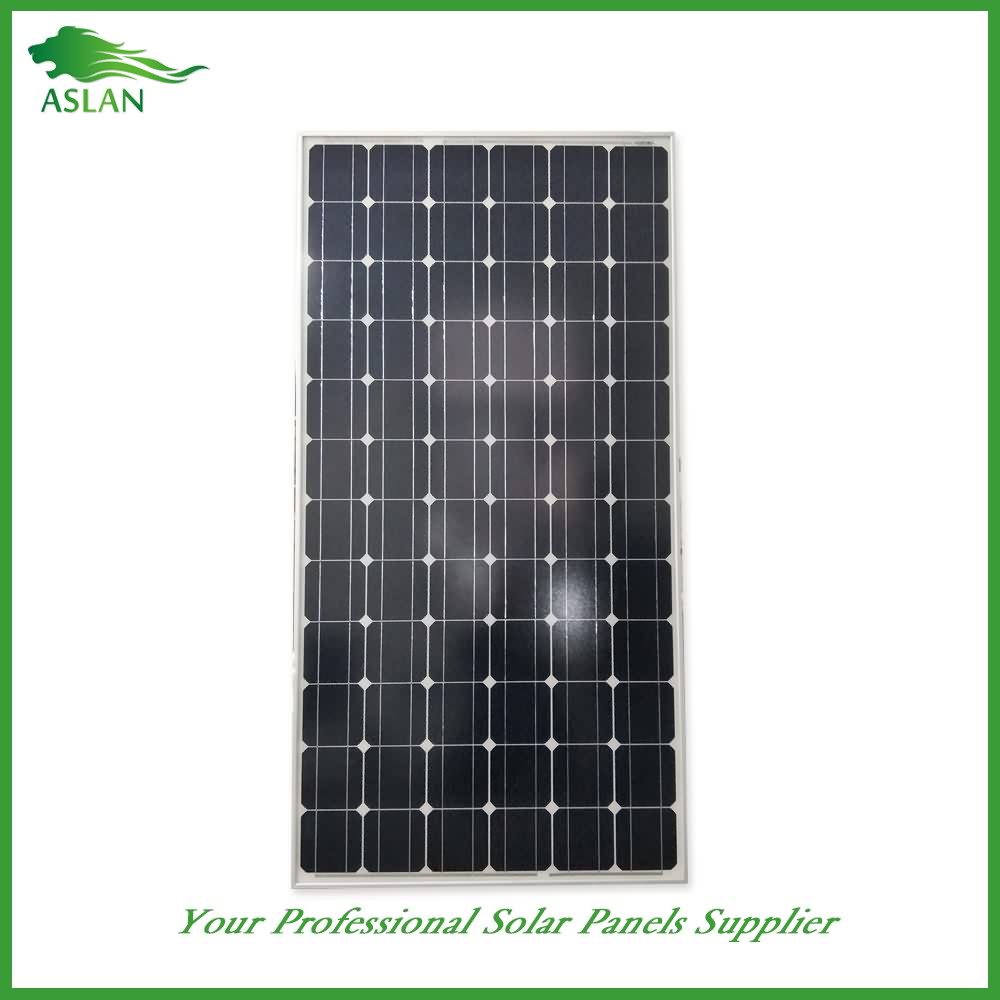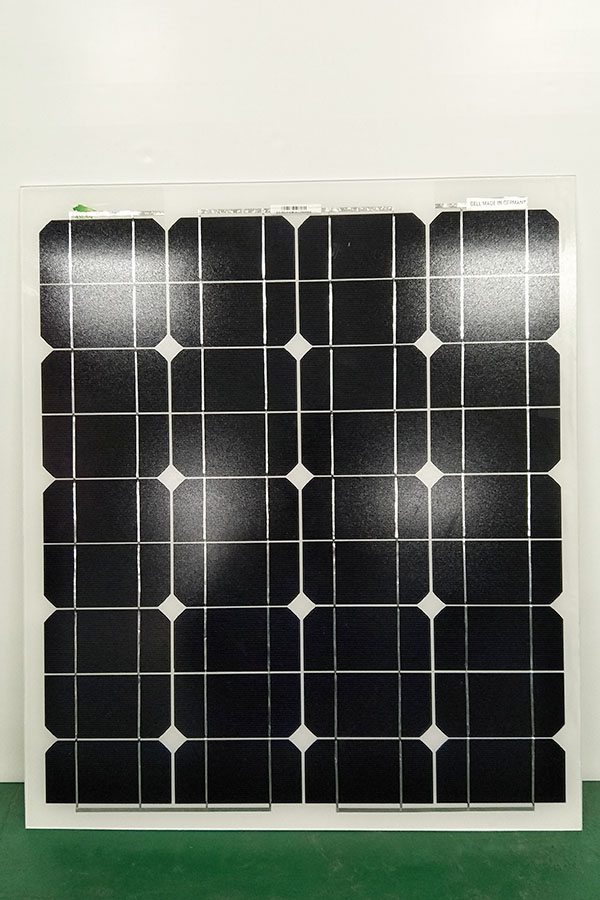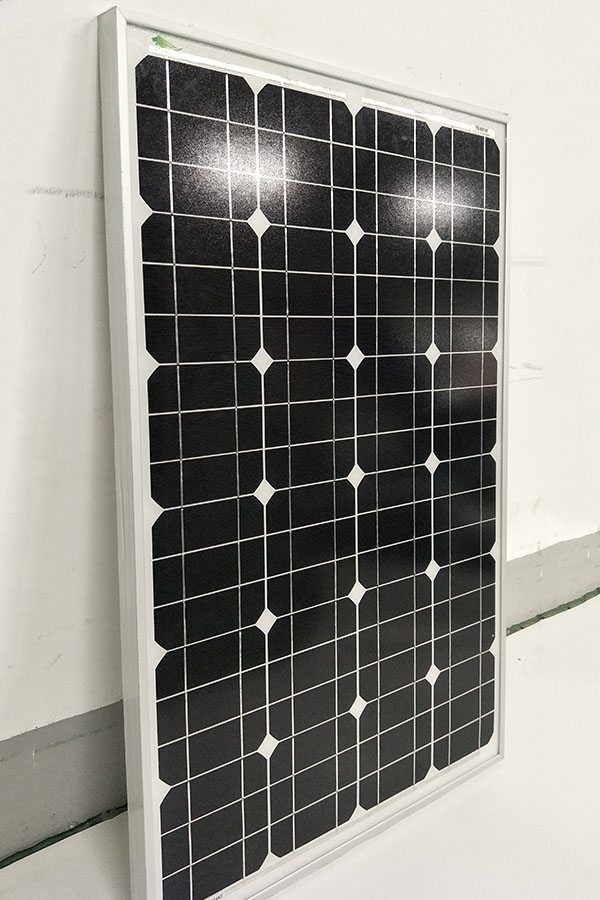2016 China New Design Poly-crystalline Solar Panel 100W for Ecuador
Short Description:
We stick to the principle of "quality first, service first, continuous improvement and innovation to meet the customers" for the management and "zero defect, zero complaints" as the quality objective. To perfect our service, we provide the products with the good quality at the reasonable price for 2016 China New Design Poly-crystalline Solar Panel 100W for Ecuador, We will supply best quality, the most market competitive price, for every new and old customers with the most perfect green services.
Technical parameter
Maximum Power(W) 100W
Optimum Power Voltage(Vmp) 17.87V
Optimum Operating Current(Imp) 5.60A
Open Circuit Voltage(Voc) 21.45V
Short Circuit Current(Isc) 6.17A
Mechanical Characteristics
Cell Type Polycrystalline 156x104mm (6 inch)
No of Cell 36 (4x9pcs)
Dimensions 1120x678x35mm
Weight 9.7KGS
Front Glass 3.2mm,High Transmission, Low Iron,Tempered Glass
Junction box IP65 Rated
Output Cable TUV 1×4.0mm2/UL12AWG,Length:900mm
Temperature and Coefficients
Operating Temperature(°C): -40°C ~ + 85°C
Maximum System Voltage: 600V(UL)/1000V(IEC) DC
Maximum Rated Current Series: 15A
Temperature Coefficients of Pmax: -0.435%
Temperature Coefficients of Voc: -0.35%
Temperature Coefficients of Isc: 0.043%
Nominal Operationg Cell Temperature (NOCT): 47+/-2°C
Materials of solar panel
1).Solar Cell——Polycrystalline solar cell 156*52mm
2).Front Glass——-3.2mm, high transmission, low iron, tempered glass
3).EVA——-excellent anti-aging EVA
4).TPT——-TPT hot seal made of flame resistance
5).Frame——anodized aluminum profile
6).Junction Box——-IP65 rated, high quality, with diode protection
Superiority: high quality anodized aluminum frame, high efficiency long life, easy installation, strong wind resistance, strong hail resistance.
Features
1. High cell efficiency with quality silicon materials for long term output stability
2. Strictly quality control ensure the stability and reliability, totally 23 QC procedures
3. High transmittance low iron tempered glass with enhanced stiffness and impact resistance
4. Both Poly-crystalline and Mono-crystalline
5. Excellent performance in harsh weather
6. Outstanding electrical performance under high temperature and low irradiance
Quality assurance testing
Thermal cycling test
Thermal shock test
Thermal/Freezing and high humidity cycling test
Electrical isolation test
Hail impact test
Mechanical, wind and twist loading test
Salt mist test
Light and water-exposure test
Moist carbon dioxide/sulphur dioxide
A diode is almost always put in series at some point in the electrical output from a solar panel, or solar energy system, such as before any battery storage. The diode will only allow the current to flow in one direction. This is good for battery energy storage systems being charged up by a solar panel, so as to prevent current from going from the battery to back through the solar panel, wasting energy and draining your charged up battery, during night time or cloudy conditions. The diode needs to have a large enough current rating of higher than the current output of your solar panel, and a high enough “reverse applied voltage” rating, typically greater than that of the battery system. The diode is therefore often called a “power diode” since it can withstand high currents greater than 1 amp. There is a power loss in a diode. It does contain some internal resistance due to the semiconductor (usually silicon) metal in it, and due to it’s action. There will typically be a 0.7 voltage drop or loss due to it, and if you multiply that by the current you will have the total power loss due to the diode.
Pwatts =voltage x current = VI = 0.7v x Iamps
Ex. For a 2A system, P=0.7(2.0)=1.4 Watts
Hence, more reason to increase the available voltage and power of a solar cell from the theoretical/ideal 12v system to have an 18v voltage source/solar panel which takes into account some losses that will take place in the entire solar energy system.
On average, for a 2A solar panel, you can expect about 1W of power loss due to the diode. With some special low loss diodes called Schottky diodes, there may be lower losses, but it oddly depends on the current going through the diode. For example at 100ma or 0.1A of current, there will be 0.2V voltage drop-loss, which is ideal for small solar panels, etc, but that loss value will change/increase as current increases, and that diode won’t be much different than a standard diode at about 1A of current. or so.
STAY FROSTY!!!
Click Here To Join the Frosty Faction! ► http://tinyurl.com/FrostyJordan
Instagram► https://instagram.com/frostyjordan
Twitter► https://twitter.com/Frosty_Jordan
Facebook► https://www.facebook.com/FrostyJordan
—————————————-—
Thanks for Joining the Frosty Faction!!!!
Much Love!!
